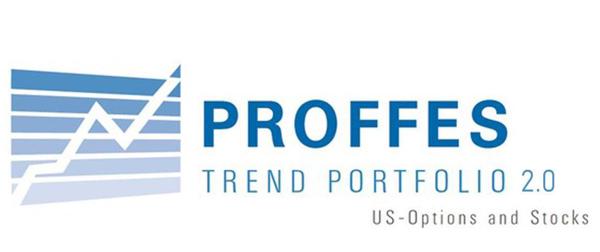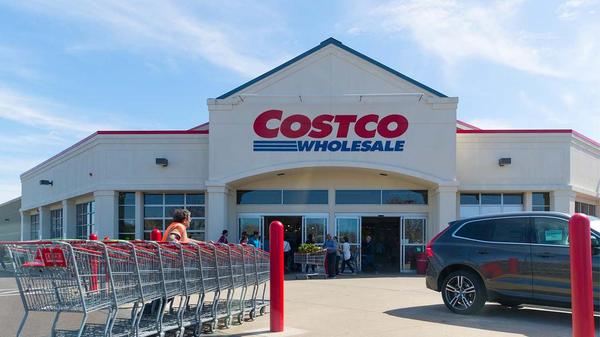Finextra Research
•
18th August 2022
What the Supply Chain Crisis and Inflation Reveal About Banks’ Biggest Challenge
The first half of 2022 was a wild ride to be sure. But the fact is, after major shocks to the global economy, and managing (or not) the initial bumps and breaks that come along with shifting from a slow-growth, low-interest rate environment to a high-growth, high-inflation economy after 14 years, the deeper issues take time to arise.
It was interesting that in late March, as we started into this “next normal” phase, WSJ reported that due to supply chain issues and rising inflation in the grocer























